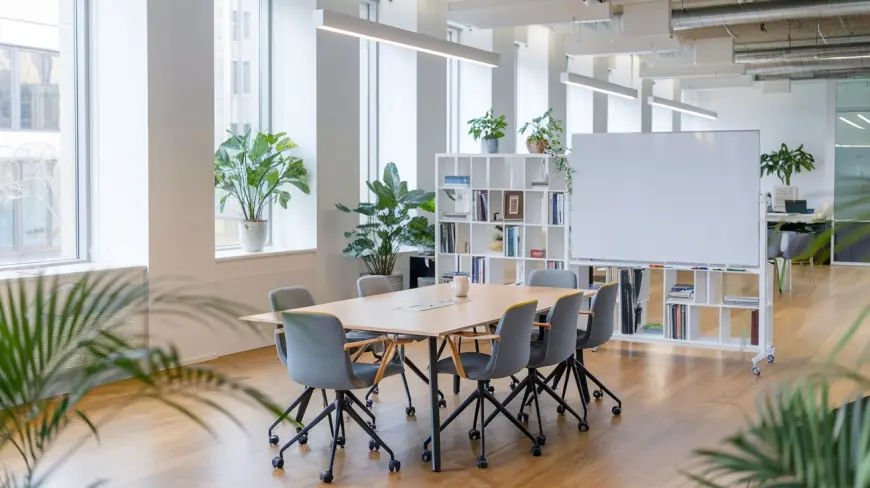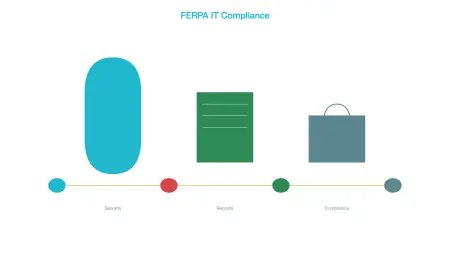How FF&E Specification Software Transforms Design Workflows
Discover how FF&E specification software transforms interior design workflows, enhances collaboration, and streamlines procurement from concept to install.

In the modern age of interior design, the seamless integration of creativity and technology has become more than a luxury, it’s a necessity. Design professionals, particularly those working in complex commercial sectors like hospitality and multifamily housing, are constantly juggling vision with logistics, creativity with constraints. One of the most transformative tools to emerge in recent years is FF&E specification software.
From the early stages of mood boards and material selection to the intricate labyrinth of procurement and installation, FF&E software is redefining what it means to manage design workflows. Whether you're part of a boutique design studio or a large-scale architecture firm, the way you specify, document, and deliver furniture, fixtures, and equipment can be drastically enhanced with the right software solution.
In this article, we’ll explore how FF&E specification software is revolutionizing design workflows, why it's indispensable for modern firms, and what features define the best interior design software in today’s market.
What Is FF&E Specification Software?
At its core, FF&E specification software is a digital platform that enables interior designers and architects to manage and document the selection of furnishings, fixtures, and equipment throughout the design and procurement process. These tools are designed to handle everything from creating spec sheets and mood boards to tracking product availability, vendor communications, budgeting, and final procurement.
But calling it just a "tool" underplays its significance. It's more like the nervous system of your design workflow, keeping everything connected, responsive, and moving with clarity.
Why Traditional Workflows Fall Short
Before the advent of interior design specification software, most design teams relied on a cobbled-together mix of spreadsheets, PDFs, emails, and manual product catalogs. These processes often led to:
-
Specification errors
-
Lost vendor information
-
Version control nightmares
-
Delays in procurement
-
Difficulty scaling
For firms in the hospitality industry, where a single project might involve thousands of SKUs across dozens of spaces, the margin for error is razor-thin. A missed spec, outdated pricing, or a miscommunicated lead time can result in costly delays or damaged client relationships. It’s no surprise that the shift toward centralized furniture specification software and procurement platforms is accelerating.
How FF&E Software Enhances Each Phase of the Design Workflow
1. Concept Development: From Inspiration to Intention
Early in the project lifecycle, design teams work on visual direction, mood, and initial product exploration. The right interior design software allows designers to:
-
Build mood boards that link directly to real, specifiable products
-
Save favorite items and collections for future use
-
Track sustainable or region-specific materials for ESG goals
Instead of juggling between Pinterest, Excel, and vendor websites, a unified system makes it easier to move from inspiration to specification.
2. Specification: Reducing Friction and Errors
This is where specification software truly earns its value. The software enables teams to:
-
Input item descriptions, finishes, dimensions, and pricing
-
Create consistent, professional spec sheets in seconds
-
Track vendor lead times, product changes, or discontinued items
For firms managing multiple projects, many of which span months or years, maintaining accuracy is not just helpful, it’s critical. And with furniture management software, revisions and updates can be made centrally without disrupting the project flow.
3. Collaboration: Clearer Communication Across Teams
Designers rarely work alone. They’re in constant dialogue with procurement teams, contractors, project managers, and clients. Modern interior design procurement software provides:
-
Real-time sharing of specifications and project documents
-
Commenting and approval workflows for faster decisions
-
Cloud-based access for teams across offices or countries
Instead of email threads and folder chaos, everyone sees the same information at the same time.
4. Procurement and FF&E Tracking
Once items are approved, they must be ordered, shipped, tracked, received, and installed. This is where hospitality industry FF&E solutions are a game-changer. The software can:
-
Generate purchase orders directly from spec sheets
-
Track shipments and backorders in real time
-
Organize installation schedules and receiving reports
What was once a fragmented, spreadsheet-heavy process now becomes streamlined and transparent. Some platforms even integrate with accounting software to automate budgeting and invoicing.
Case in Point: Hospitality Design at Scale
Consider a hotel chain rolling out new properties across regions. Each location must retain brand consistency while adapting to regional styles, codes, and supply chains. With FF&E specification software, the design team can:
-
Reuse global templates while customizing for local vendors
-
Keep centralized design libraries synced across projects
-
Maintain control over branding while local teams manage procurement
This hybrid of centralization and flexibility is a hallmark of the best spec writing software available today.
Key Features to Look For in FF&E Specification Software
Not all platforms are created equal. The best interior design software for your firm should include:
-
Custom Spec Templates: Match your firm’s format and branding
-
Vendor Integration: Direct links to product catalogs and pricing
-
Real-Time Collaboration: For remote or hybrid teams
-
Project Dashboards: High-level overviews of all open projects
-
Export & Reporting Tools: For documentation and client updates
-
Revision Control: So nothing gets lost or overwritten
-
Mobile Accessibility: On-site spec updates and photo uploads
Don’t overlook user experience, either. The software should be intuitive enough that your team wants to use it, not just tolerate it.
Future-Proofing Your Design Firm
As the pace of design projects accelerates and the complexity of requirements increases, reliance on intelligent tools will only grow. Cloud-based interior design specification software platforms aren't just convenient; they’re critical for scaling operations, ensuring consistency, and maintaining profitability in competitive markets.
The future of design will belong to firms that can move fast without breaking things. That means replacing fragmented workflows with smart, connected platforms that reduce friction from concept to installation.
FF&E Software: A Quiet Revolution
Much like CAD once transformed drafting, FF&E specification software is shifting the center of gravity in design firms, from reactive problem-solving to proactive project control. It's helping creative professionals spend more time doing what they love, designing, and less time correcting errors, chasing vendors, or hunting through folders for the right version of a spec.
This is not about replacing designers with tech. It’s about empowering design teams with tools that reflect the complexity and creativity of their work. For firms serious about delivering quality at scale, investing in the right interior design software isn’t optional. It’s foundational.
Conclusion: Designing Smarter Starts with Smarter Tools
As client expectations rise and design cycles shrink, the pressure on interior design teams is intense. To keep up, let alone lead, requires more than talent. It demands infrastructure. The kind that only intelligent, integrated tools like FF&E specification software can provide.
Whether you're specifying a single space or managing rollouts across a portfolio, adopting the right software can unlock efficiency, improve communication, and elevate the overall design experience for everyone involved. And in the end, that’s what great design should always do: make life better.
What's Your Reaction?
 Like
0
Like
0
 Dislike
0
Dislike
0
 Love
0
Love
0
 Funny
0
Funny
0
 Angry
0
Angry
0
 Sad
0
Sad
0
 Wow
0
Wow
0


















































